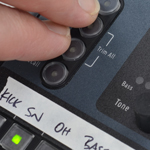
Global Trim and Mixing By Subtraction
There are two important ways to make any given source sound louder in the mix: turn that source up or turn everything else down.
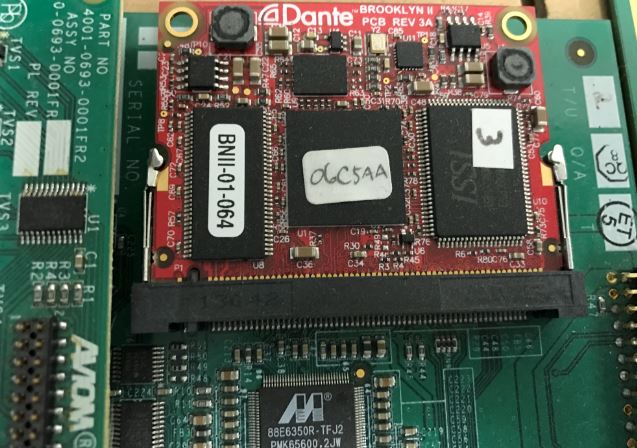
Dante firmware update info for the D400-Dante and D800-Dante A-Net Distributors
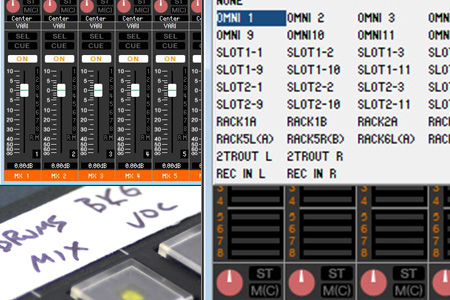
Learn how to assign a submix to a console card channel on a digital mixer
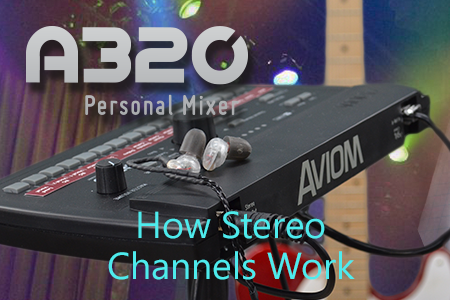
Explore the differences between the A320 Personal Mixer’s two A-Net modes.
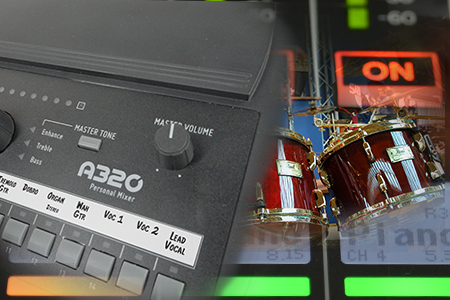
The A320 can operate in one of two modes, 16-channel or 32-channel. Learn how to choose the right mode for your application.
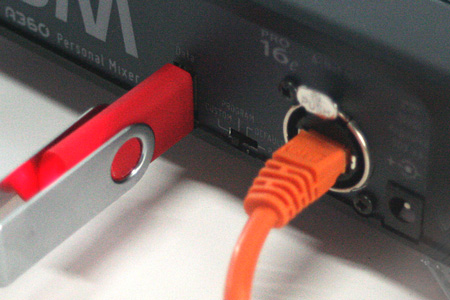
A360 Channel Manager™ simplifies the configuration of A360 Personal Mixers that will be used in Custom mode. Learn how to make a custom configuration.
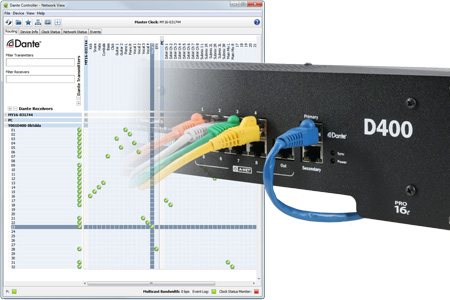
It’s easy to assign channels from a Dante network to the D400-Dante using Dante Controller software.
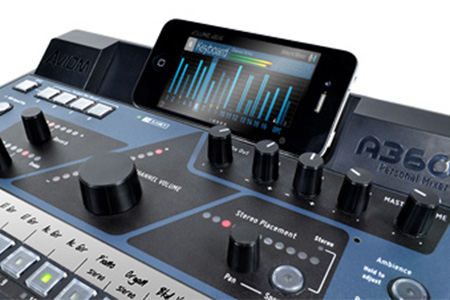
Aviom’s A360 Display app can help train musicians to get better mixes.

The Dual Profile Channel gives a performer a way to quickly locate his or her most important channel and adjust its settings in a way that is least disruptive to the performance.
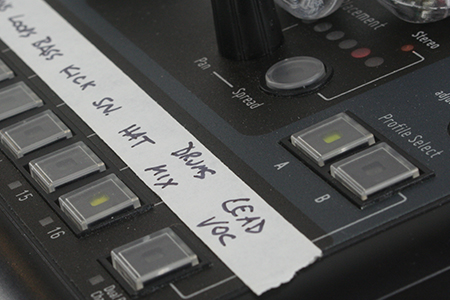
One of the special features of the A360 Personal Mixer is the Dual Profile Channel. Let’s take a quick look at what it does and the different ways to set it up.
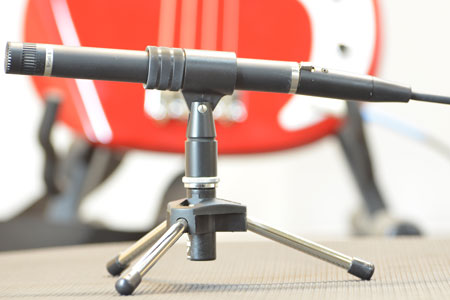
Part 2 of our discussion of adding ambience to your in-ear mix covers practical tips for getting room mics set up.
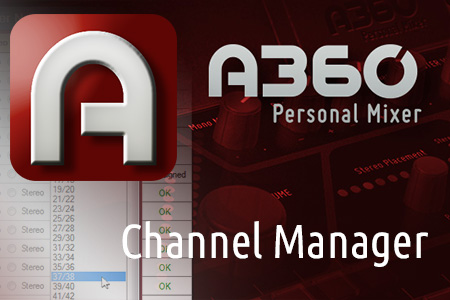
A360 Channel Manager has been updated with some new features and a new look.
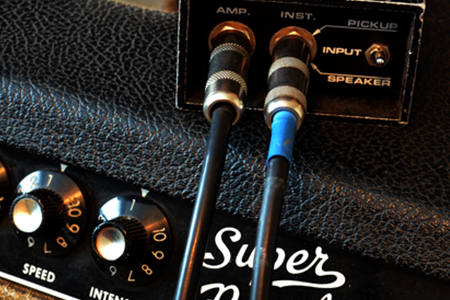
A direct box is an indispensable audio tool equally at home in the studio or on a stage.
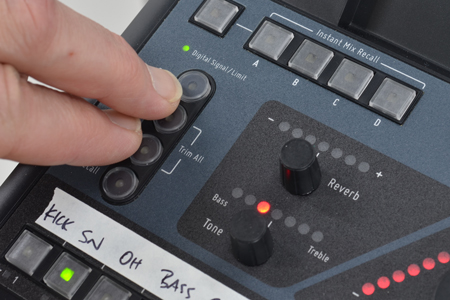
There are two important ways to make any given source sound louder in the mix: turn that source up or turn everything else down.
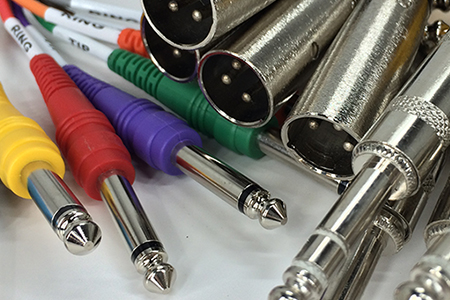
Understanding the difference between balanced and unbalanced cables and signals can help you get the most out of your sound system.
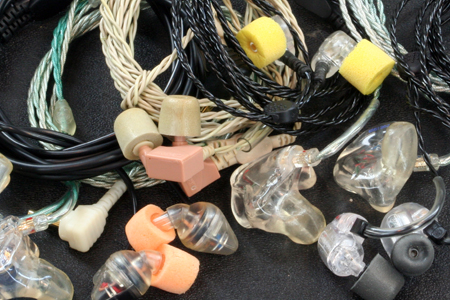
We often get asked what in-ear monitors we recommend, and here are a few tips to help you make a choice that works for you.
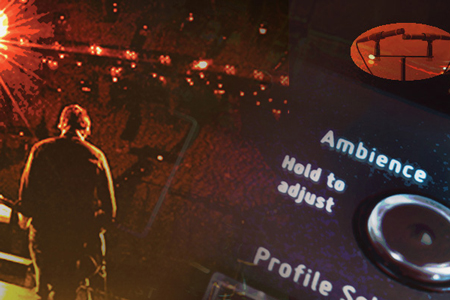
Adding ambience to your monitor mix can help reduce the sense of isolation some musicians feel when they use in-ears.
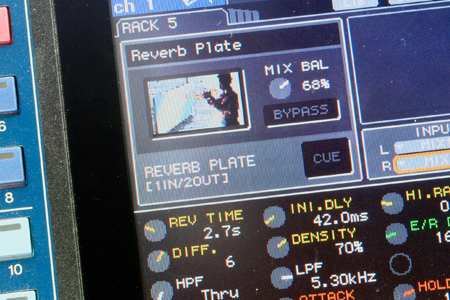
If you want to get an argument started about monitors and monitor mixing, a good topic to go with is reverb. Opinions on the matter vary widely. So let’s take a look at what’s going on.
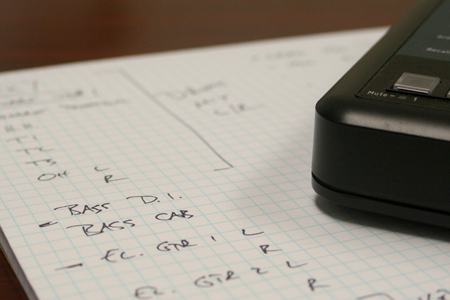
One of the most important—and most overlooked—factors in implementing a really successful personal mixing system is actually selecting which channels to send to the personal mixers.
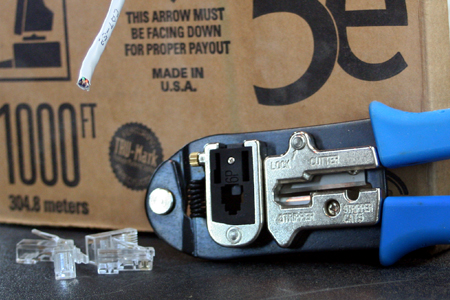
It’s easy to make your own custom-length Cat-5 cables, repair cables with broken connectors, and terminate cables you’ve pulled through your building’s walls and ceilings. Here’s everything you need to know!

Guidelines for making a successful transition from wedges to in-ears